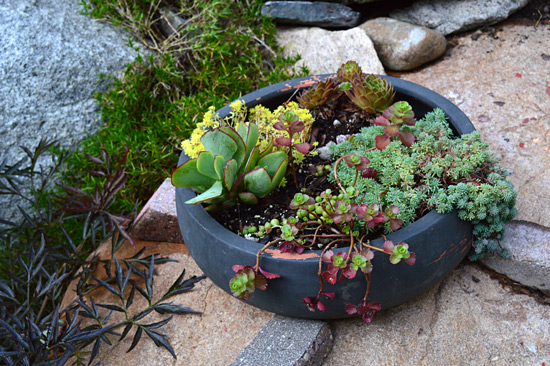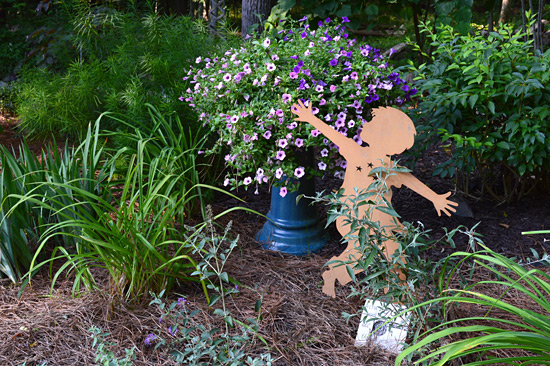The Master Gardener Association for our area of the state recently brought back “Open Garden” visits. Members of the chapter are invited to attend a social evening of touring a peer’s garden. This garden was the second in a series of 3 for this season. It contained a shade/woodland garden and a perennial garden.
Here is some lungwort (Pulmonaria) greeting us in a bed at the front of the house.
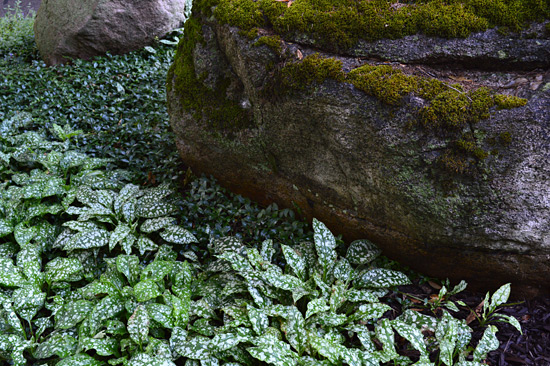
The property is surrounded by woodlands, with a large clearing holding both the house and the sunken perennial garden. This photo was taken from the shade garden at the edge of the woods looking across the bit of lawn to the back of the home.
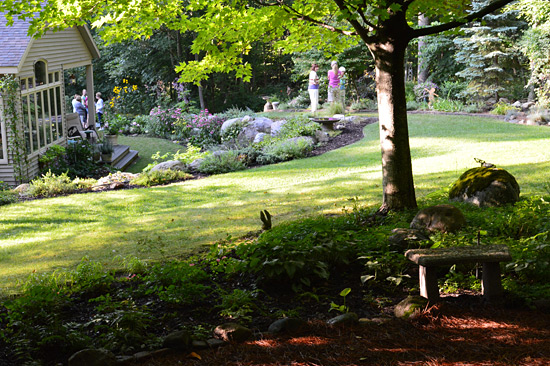
The woodland garden was full of textures not only from the plants, but also from sun puddles created by the tree canopy. Sweet woodruff (Galium odoratum) was the main ground cover, combined with an assortment of hosta, coral bell (Heuchara), ferns, brunnera, periwinkle (Vinca), japanese forest grass (Hakonechloa macra), bugleweed (Ajuga), and impatiens. Placed fieldstone covered in moss and metal sculpture served as hardscape elements.
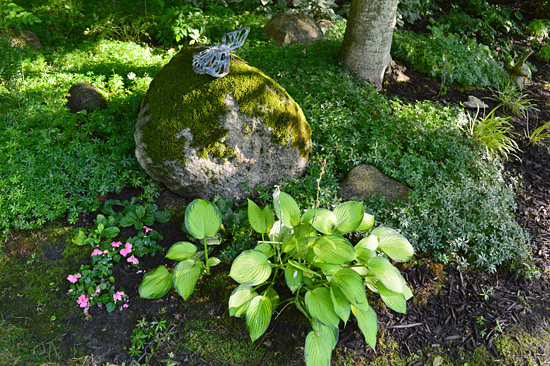
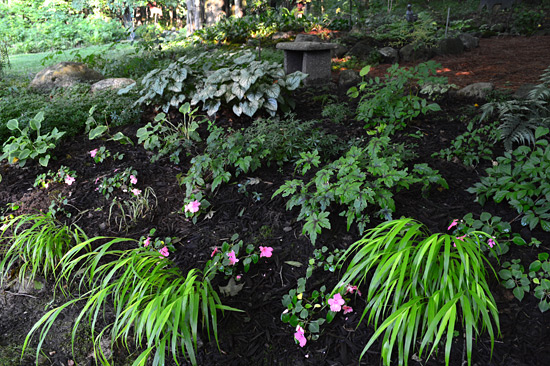
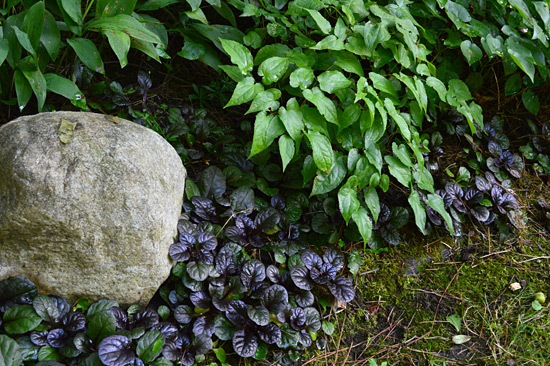
The path winding through the woodland garden was mulched with pine needles. I liked how the red of the needles echoed the rusting, metal sculpture. When I asked the gardener about the longevity of the needle color, she said the color will fade to a gray after a season or two.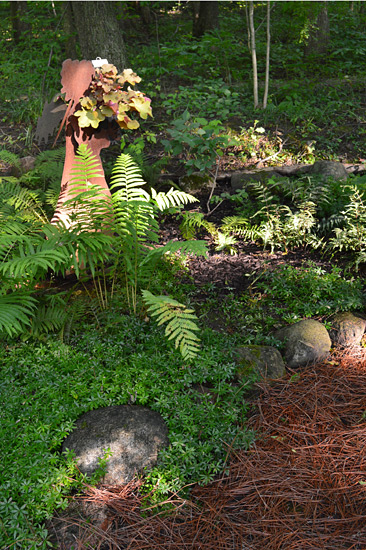
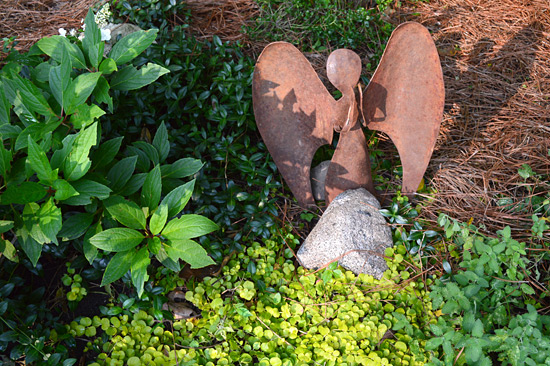
The main perennial garden at the back of the house was built into an incline created by large stones.
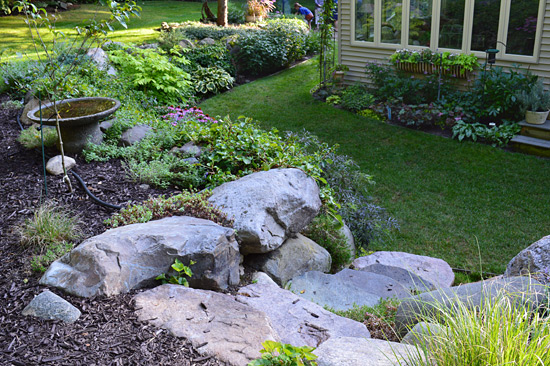
I like when all the little details in the garden are considered. Here I thought the gardener did a great job blending something as utilitarian as a water drain into the rest of the garden.
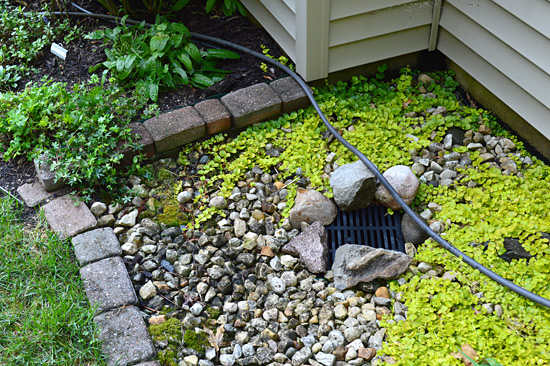
Containers of annuals were tucked away here and there throughout the perennial garden to add pops of color to areas which may not provide blooms all season.
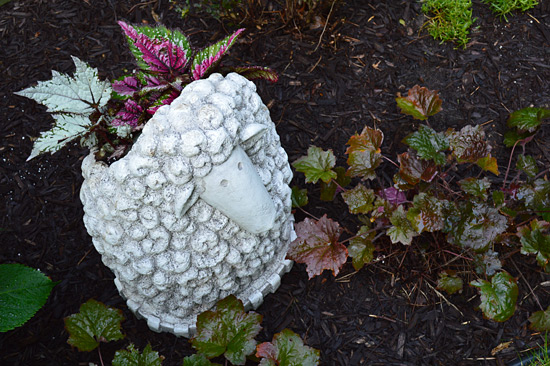
This rue was stopping every gardener as we all wondered at first what it was. I’ve never seen a meadow rue so large. I think it may be (Thalictrum rochebruneanum) which is native to Japan.
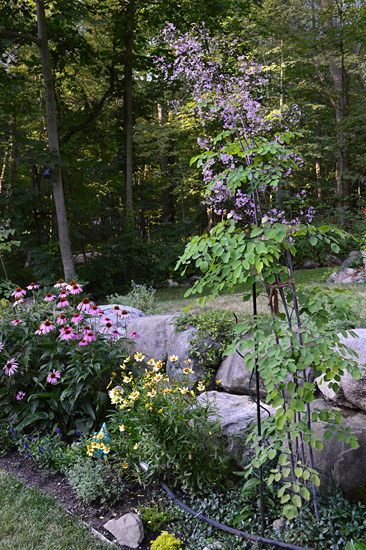
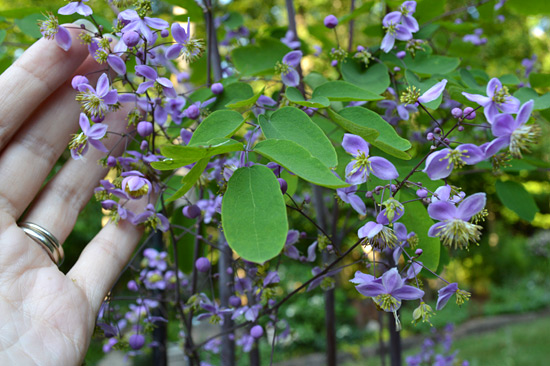
There was also an eastern redbud (Cercis canadensis) cultivar in the garden whose leaves I thought were quite lovely.
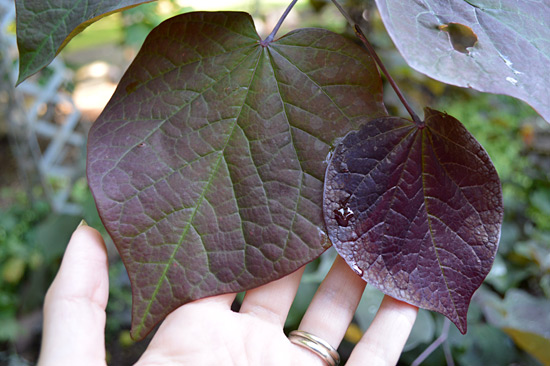
A garden bed I really enjoyed was this one.
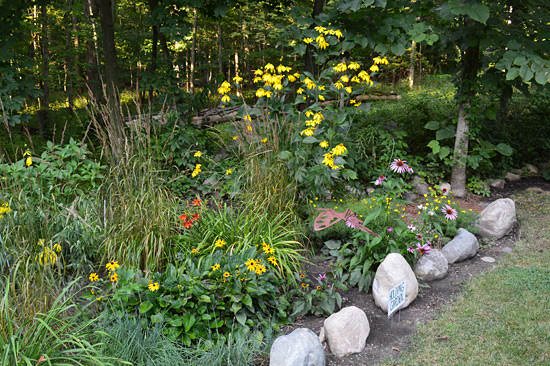
And the reason I enjoyed it was because of this sign posted at its front.
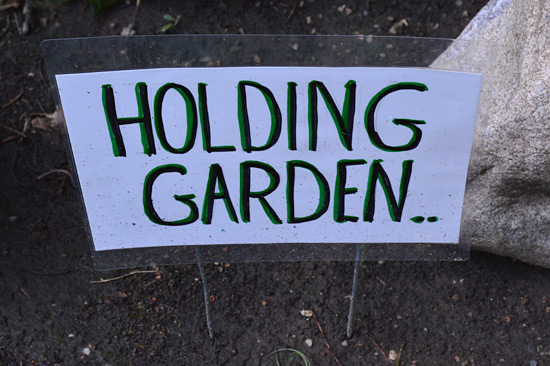 I am guilty of doing the same thing, though have yet to come up with a clever title. At times a gardener brings home a plant when there isn’t really any plan on where to put it. In our host’s own words, this bed is “a holding garden for those plants that haven’t found their forever home in the main gardens.”
I am guilty of doing the same thing, though have yet to come up with a clever title. At times a gardener brings home a plant when there isn’t really any plan on where to put it. In our host’s own words, this bed is “a holding garden for those plants that haven’t found their forever home in the main gardens.”
Oh, and it happened to be National S’mores Day. Bonus.
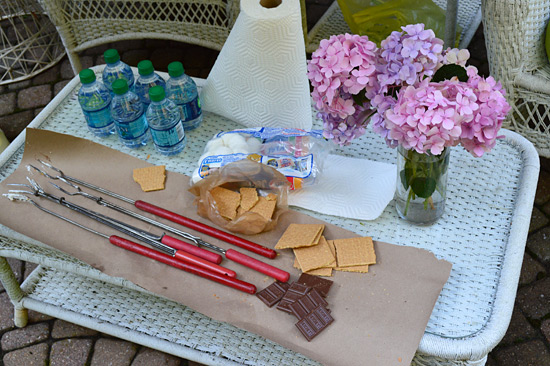
Finally, a feature that made this garden even more special is that it is a certified wildlife habitat. Along with beautiful plantings, this gardener made choices with wildlife in mind. Food sources (pollen, nectar, seeds), water sources, shelter, and places to tuck away for cover were all present in the design. Many birds and pollinators were darting around the garden during our visit.
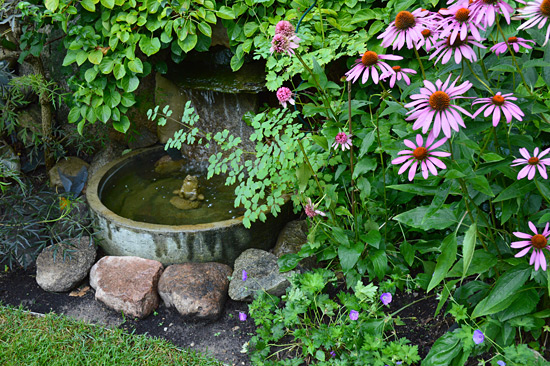
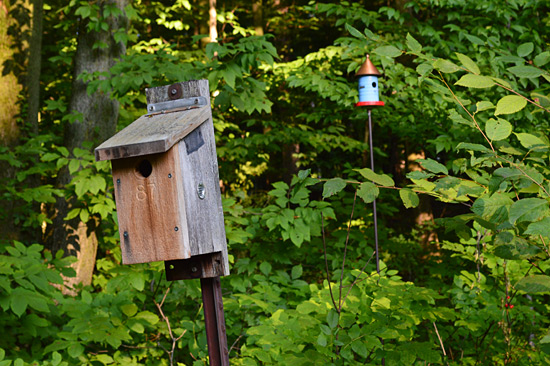
To find out more about the National Wildlife Federation’s Certified Wildlife Habitat program visit http://www.nwf.org/How-to-Help/Garden-for-Wildlife/Create-a-Habitat.aspx.
